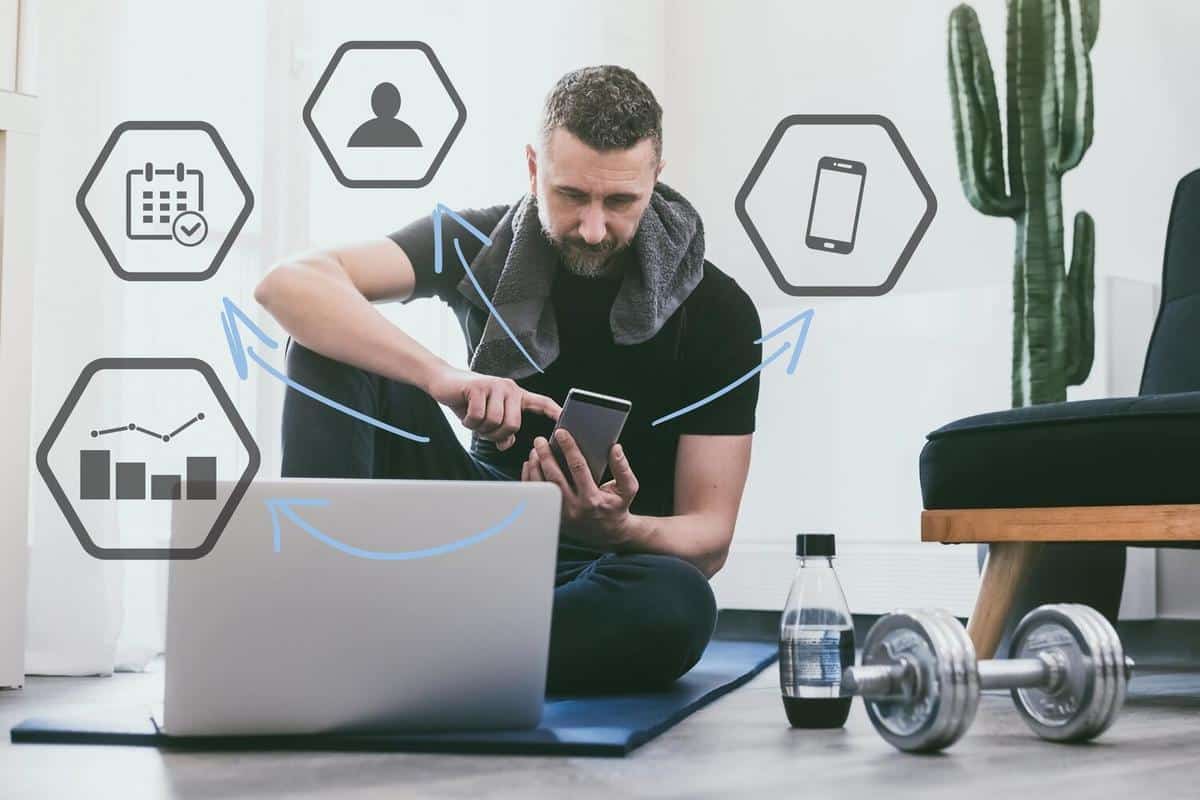
How to Safeguard Your Data on Fitness Apps
With the growing popularity of fitness apps, safeguarding your personal data has become more crucial than ever. As these apps track everything from your daily steps to your heart rate, ensuring your information remains secure is essential.
Understanding the Importance of Data Security
Fitness apps collect a wealth of personal data, from workout routines to health metrics. According to a report by Statista, the global fitness app market was valued at over $4 billion in 2021 and is expected to grow significantly, highlighting the widespread use and importance of these apps.
Expert Insights
Cybersecurity expert Dr. Emily Chen emphasizes, “Users need to be proactive about their data security on fitness apps. Simple measures can go a long way in protecting personal information.” Her advice is echoed by many in the tech community, reinforcing the need for vigilance.
Statistics Highlighting the Risk
A study by a leading cybersecurity firm found that 75% of fitness apps have security vulnerabilities, which could potentially expose user data to unauthorized access. This statistic underscores the need for users to be aware of potential risks and take action to safeguard their data.
Real-Life Example
Meet Alex, a fitness enthusiast who recently discovered that his fitness app had been sharing his location data without his consent. This revelation prompted him to delve deeper into the app’s privacy settings, ultimately leading him to take control of his data.
Actionable Tips to Safeguard Your Data
- Review App Permissions: Regularly check and update the permissions you have granted to your fitness apps to ensure they are only accessing necessary data.
- Use Strong Passwords: Create unique and complex passwords for your app accounts to prevent unauthorized access.
- Enable Two-Factor Authentication: This adds an extra layer of security, requiring a second form of verification in addition to your password.
- Update Apps Regularly: Keep your apps updated to benefit from the latest security patches and features.
- Be Cautious with Third-Party Integrations: Limit the sharing of data with third-party services unless absolutely necessary.
- Read Privacy Policies: Understand how your data is being used and shared by reading the app’s privacy policy.
| Security Measure | Benefit |
|---|---|
| App Permissions | Control over data access |
| Strong Passwords | Prevents unauthorized access |
| Two-Factor Authentication | Extra security layer |
| Regular Updates | Access to security patches |
| Limit Third-Party Sharing | Data privacy |
| Privacy Policy Review | Data usage awareness |
Conclusion
In conclusion, safeguarding your data on fitness apps requires awareness and proactive measures. By following the tips outlined above, you can significantly enhance the security of your personal information. Remember, protecting your data is not just about privacy—it’s about maintaining control over your digital footprint.
Regularly check for updates not only for your apps but also for your device’s operating system to ensure all security measures are up to date.
FAQ
How can I tell if my fitness app is secure?
Check for security features such as two-factor authentication and read reviews to see if there are any known vulnerabilities.
What should I do if I suspect my data has been compromised?
Immediately change your passwords and contact the app’s support team for guidance.


